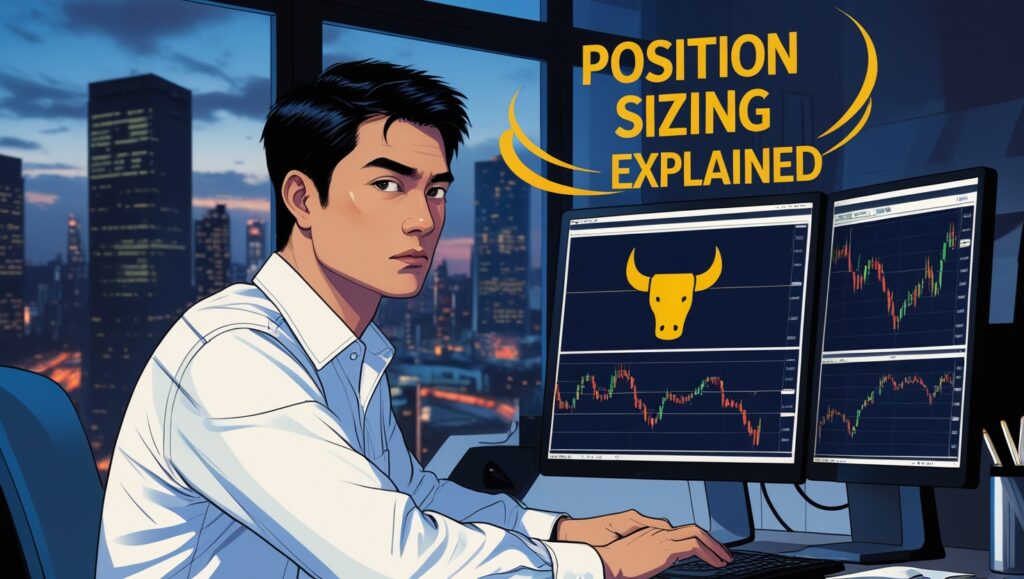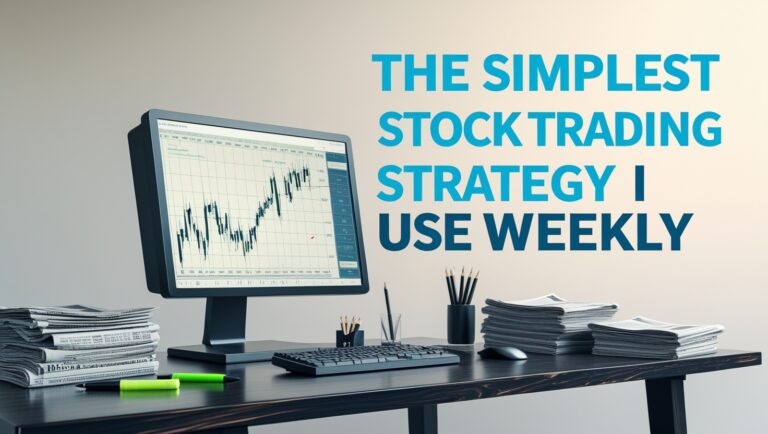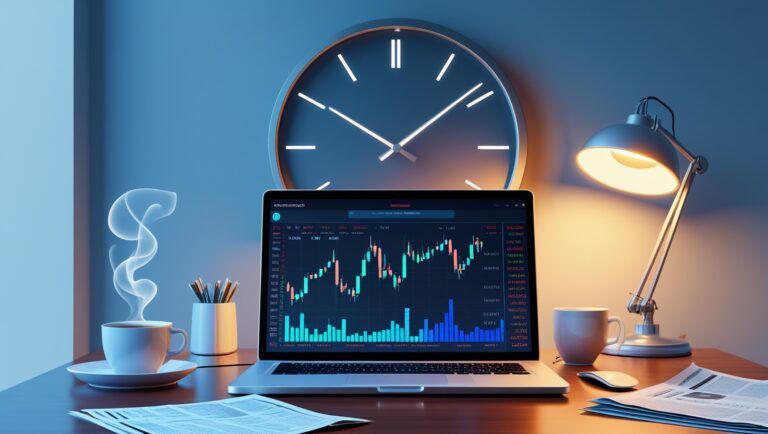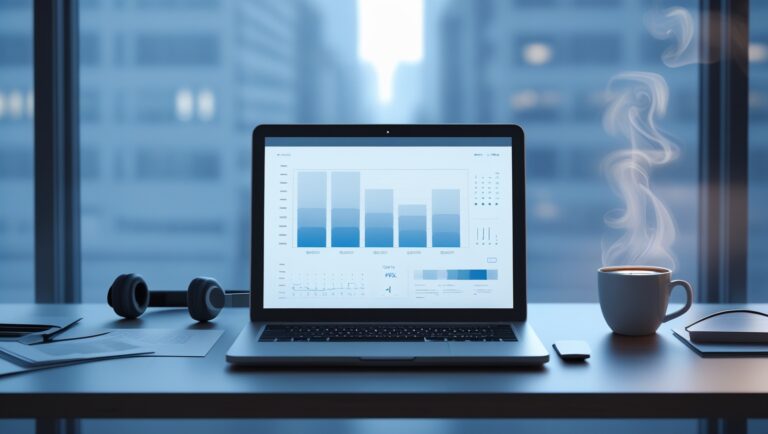Position Sizing Explained: The Key to Long-Term Trading Success
Position Sizing Explained: The Key to Long-Term Trading Success
Position Sizing Explained: The Key to Long-Term Trading Success ,Position sizing is not just a technical calculation—it’s the foundation of consistent, long-term success in the markets. Many traders focus on finding the perfect entry and exit points but ignore the fact that the size of a trade directly impacts both risk and reward. Get this wrong, and even a winning strategy can drain your account. Get it right, and you can survive losing streaks without emotional breakdowns.

Table of Contents
Understanding the Risk Per Trade Formula
A common rule among professional traders is to risk only 1–2% of your account on any single trade. This doesn’t mean you invest just 2% of your account—it means the potential loss if your stop loss is hit should not exceed that percentage. This keeps you in the game longer, especially during volatile market swings.
How Small Position Sizes Protect Your Capital
When you reduce your trade size, you lower the emotional pressure on yourself. Big trades can feel exciting, but they also trigger panic when the market moves against you. Smaller, calculated positions allow you to think clearly and stick to your strategy without second-guessing.
The Hidden Danger of Oversizing Positions
Oversizing is the silent account killer. Many traders increase their position size after a few wins, thinking they’ve found a “hot streak.” But without a tested method for scaling up, this often leads to catastrophic losses that wipe out weeks or months of profits in just one trade.
How Volatility Impacts Position Sizing
Not all markets are created equal. A stock with a 2% daily range requires a very different position size than a crypto coin that moves 10% in a single session. Adjusting your position size based on volatility is a professional skill that protects your capital while maximizing potential gains.
Fixed vs. Variable Position Sizing
Some traders stick to a fixed position size—buying the same number of shares or contracts every time. Others adjust based on the setup’s risk level and market conditions. Both methods can work, but the variable approach is often more efficient in managing risk and reward dynamically.
Why Position Sizing Is More Important Than Entry Points
Your entry might be perfect, but if your position size is too big, you can still blow your account. Conversely, even an average entry can be profitable if your position size allows for proper stop-loss placement and risk control. It’s the safety net that keeps you in the game long enough to benefit from your strategy.
Scaling In and Out for Maximum Flexibility
Scaling in means entering your full position in smaller chunks instead of all at once. Scaling out means taking partial profits as the trade moves in your favor. Both methods reduce risk exposure and give you flexibility to adjust based on how the market behaves after you enter.
How Position Sizing Supports Psychological Stability
Trading isn’t just about numbers—it’s about managing your emotions. By keeping position sizes reasonable, you remove the panic and greed that cause impulsive decisions. Calm traders tend to make better decisions, and position sizing is the ultimate emotional filter.
Using Position Sizing With Multiple Strategies
If you trade both short-term and long-term setups, you need separate position sizing rules for each. A swing trade might require a smaller size due to overnight risk, while a day trade with tight stops can handle a slightly larger allocation. This keeps risk balanced across your portfolio.
The Relationship Between Account Growth and Position Size
As your account grows, your position size in absolute dollars can grow too—if you stick to the same percentage risk. This is how compounding works in trading. The key is to resist the temptation to increase risk percentage as your account grows.
When to Reduce Position Size During Losing Streaks
A professional trader knows that when performance drops, risk should be reduced. Cutting your position size in half during a drawdown helps preserve capital and emotional energy, allowing you to recover faster when your edge returns.
Using Technology to Calculate Position Sizes Automatically
You don’t need to do the math manually every time. Platforms like TradingView allow you to pre-set stop losses and calculate position sizes based on risk tolerance instantly. This removes guesswork and prevents costly errors. You can test it here: Click here to the best platform.
Combining Position Sizing With Risk-to-Reward Ratios
Position sizing works best when paired with a favorable risk-to-reward ratio. If you’re risking $100, aim to make at least $200–$300 on winning trades. This ensures that even if your win rate is only 40–50%, you can still grow your account steadily.
My Personal Rule for Position Sizing Consistency
After years of trial and error, I follow one non-negotiable rule: I never risk more than 1.5% of my total account on a single trade, no matter how confident I feel. This rule has kept me from blowing up during volatile markets and ensures that no single trade defines my career.
Understanding Account Drawdowns and Position Size
Even the best traders experience drawdowns, and proper position sizing is your shield. By risking only a small percentage of your account per trade, you ensure that a losing streak doesn’t destroy your confidence or capital. I’ve survived multiple drawdowns because my position sizes were calculated, not emotional.
How to Adjust Position Size Based on Volatility
Volatility changes daily, so a static position size isn’t always ideal. I adjust my allocation based on the average true range (ATR) of a stock or market. Higher volatility means smaller positions, while lower volatility allows slightly larger trades. This approach keeps risk consistent across different market conditions.
Using Percentage-Based Risk to Standardize Trades
I calculate position size by deciding how much I’m willing to lose in percentage terms. For instance, risking 1–2% of my account per trade standardizes exposure and prevents a single mistake from derailing progress. Over time, this method helps compound gains while keeping losses manageable.
How Stop-Loss Placement Influences Position Size
Where you place your stop loss directly affects your position size. Wider stops require smaller allocations to stay within risk limits, while tight stops allow slightly larger positions. I always calculate stop distance first, then position size second, which keeps risk predictable and controlled.
Scaling Positions Gradually
I sometimes enter trades in smaller increments rather than all at once. This scaling-in technique lets me average my entry if the market moves against me, reducing risk while maintaining flexibility. Scaling out also allows partial profit-taking, locking in gains while leaving room for further upside.
Risk Management Rules to Follow Every Day
Consistent rules prevent emotional decisions. I follow strict guidelines for risk per trade, position size, and maximum daily loss. These rules act like a safety net, letting me trade confidently knowing that even mistakes won’t destroy my account.
How to Handle Larger Accounts With Proper Sizing
As your account grows, it’s tempting to increase position sizes aggressively. I stick to percentage-based risk, which scales naturally with account growth. This disciplined approach ensures I don’t over-leverage and keeps emotional stress low.
Position Sizing in Different Market Conditions
Bullish, bearish, and sideways markets all require different sizing strategies. For example, in highly volatile markets, I reduce size to account for wider swings. In calm, predictable trends, I can take slightly larger positions. Adapting size to conditions keeps my risk balanced.
How Position Sizing Protects Your Mind, Not Just Your Money
Beyond capital protection, proper sizing reduces emotional strain. Large trades can make fear and greed dominate your decisions, while reasonable positions allow rational, plan-driven trading. I’ve found that controlling position size is as much about mental clarity as financial safety.
Combining Position Size With Trade Frequency
The number of trades you take affects how you manage position size. I sometimes reduce size slightly when trading multiple setups simultaneously to avoid excessive risk concentration. This helps me maintain balance and avoid emotional overwhelm.
Position Sizing Mistakes Beginners Often Make
Many traders risk too much too early, chasing profits or revenge trading. Others fail to adjust for volatility or market conditions. By recognizing these mistakes and calculating risk properly, I’ve been able to survive the learning curve and steadily grow my account.
Tracking Position Size Performance Over Time
I log every trade along with the position size, entry, exit, and outcome. Over time, patterns emerge, showing which sizing strategies are most profitable and which create unnecessary stress. This data-driven approach makes my trading more scientific and less emotional.
How Leverage Affects Position Sizing
Leverage magnifies both gains and losses. I always factor leverage into position sizing, reducing trade size when using margin to avoid catastrophic losses. This careful approach allows me to take advantage of leverage without risking my account.
Integrating Position Sizing With My Trading System
Position sizing isn’t standalone; it works best when integrated into a tested strategy. I combine sizing rules with my setups from How I Pay My Bills Monthly With Stocks to create a system that’s consistent, low-stress, and profitable.
The Long-Term Benefits of Consistent Position Sizing
Over months and years, proper position sizing compounds profits while minimizing drawdowns. I’ve seen that traders who follow strict sizing rules rarely fail, while those who ignore it often blow accounts. Discipline in sizing is the cornerstone of sustainable success.

Stay ahead in the stock market! Subscribe to our newsletter and receive exclusive stock flow reports, trading insights, and actionable tips directly in your inbox. Join thousands of traders who get our updates first.







